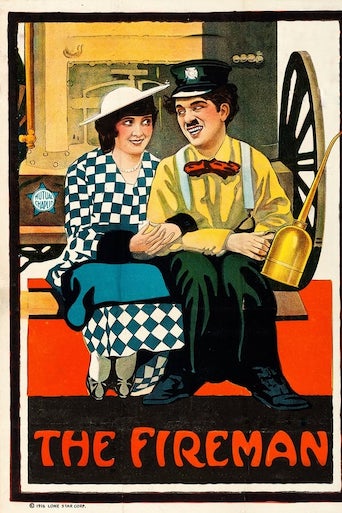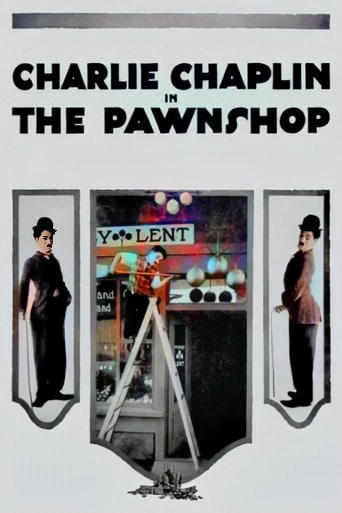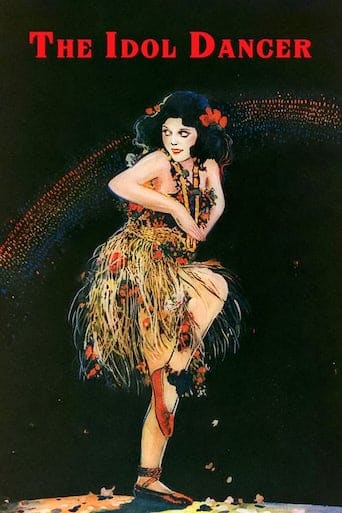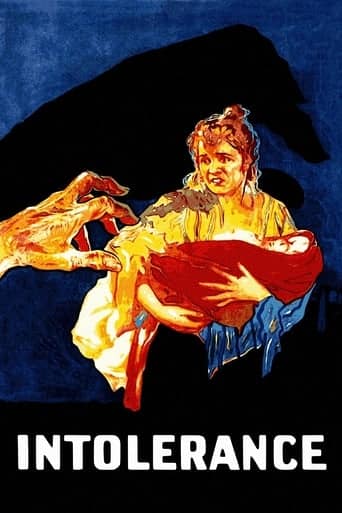Max in a Taxi (1917)

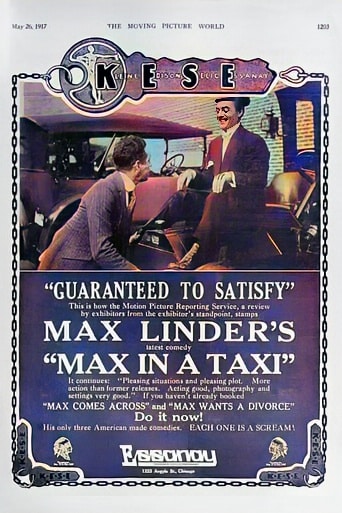 “Max in a Taxi” (1917), directed by and starring Max Linder, stands as a classic silent film that showcases the enduring charm and comedic genius of one of cinema’s early pioneers.
“Max in a Taxi” (1917), directed by and starring Max Linder, stands as a classic silent film that showcases the enduring charm and comedic genius of one of cinema’s early pioneers.
In this delightful short film, Linder weaves a tale of redemption, humor, and unexpected twists as a wealthy alcoholic finds himself disowned, penniless, and forced to take up a job as a taxi driver despite having no knowledge of driving. Alongside Max Linder, Martha Mansfield adds to the film’s comedic dynamic, creating a timeless piece that encapsulates the essence of silent-era comedy.
The narrative unfolds with Max Linder’s character, a wealthy man whose excessive drinking and unruly behavior lead to his disinheritance by his father. Reduced to a state of pennilessness, Max takes on the challenge of becoming a taxi driver, despite lacking any proficiency in driving. The premise sets the stage for a series of hilarious misadventures that highlight Max Linder’s signature style of physical comedy and situational humor.
At the heart of the film is Max’s transformation from a reckless and inebriated playboy to an earnest and hardworking taxi driver. The character arc adds depth to the comedic elements, as Max grapples with the challenges of navigating the chaotic world of taxi driving. Linder’s ability to convey a range of emotions through his expressive physicality contributes to the film’s comedic appeal.
Martha Mansfield, in her role, complements Linder’s performance with her own comedic timing and charm. The interactions between the two characters add a romantic subplot to the film, enhancing the overall narrative. Mansfield’s presence on screen is a testament to the collaborative chemistry that contributes to the success of silent film duos.
“Max in a Taxi” reflects the comedic style that made Max Linder a beloved figure in early cinema. His use of exaggerated gestures, impeccable timing, and clever visual gags resonated with audiences of the time and continues to captivate viewers today. The film’s reliance on visual storytelling, a hallmark of silent cinema, showcases Linder’s mastery of the medium.
One of the film’s standout sequences involves Max’s attempts to drive the taxi without any prior knowledge of operating a vehicle. The comedic set pieces, including near misses, collisions, and awkward encounters with pedestrians, highlight Linder’s physical comedy prowess. The humor is both timeless and universal, transcending language barriers to evoke laughter from audiences across generations.
The film’s exploration of Max’s newfound profession as a taxi driver provides a window into the urban landscape of the time. The chaotic streets, bustling with pedestrians and other vehicles, serve as a backdrop for Max’s comedic exploits. The juxtaposition of his aristocratic background with the everyday challenges of taxi driving adds layers to the film’s humor.
As Max encounters a variety of passengers, each situation becomes an opportunity for comedic interactions. From eccentric characters to unforeseen challenges on the road, Linder navigates the scenarios with impeccable comedic timing. The film’s episodic structure allows for a variety of comedic vignettes that contribute to the overall narrative.
The film’s climax involves a race against time, adding an element of suspense to the comedic proceedings. Max’s efforts to reach a destination before a specified time frame create a sense of urgency, leading to a resolution that ties together the various comedic elements of the film. The conclusion showcases Linder’s ability to seamlessly blend physical comedy with narrative cohesion.
“Max in a Taxi” is a testament to the innovation and creativity of Max Linder as both a director and performer. His influence on the silent comedy genre can be seen in subsequent generations of filmmakers, including the likes of Charlie Chaplin and Buster Keaton. Linder’s legacy as a pioneer of visual comedy endures, and this film serves as a testament to his lasting impact on the medium.
In conclusion, “Max in a Taxi” (1917) remains a classic example of silent-era comedy that continues to entertain audiences with its timeless humor and Max Linder’s comedic brilliance. The film’s exploration of societal dynamics, the clash between social classes, and the universal theme of redemption contribute to its enduring appeal. Max Linder’s legacy as a trailblazer in silent cinema is cemented by the enduring charm and laughter found in this delightful classic.
Release Date: April 23rd, 1917
Main Cast Members
Max Linder (Himself)
Martha Mansfield (Herself)

